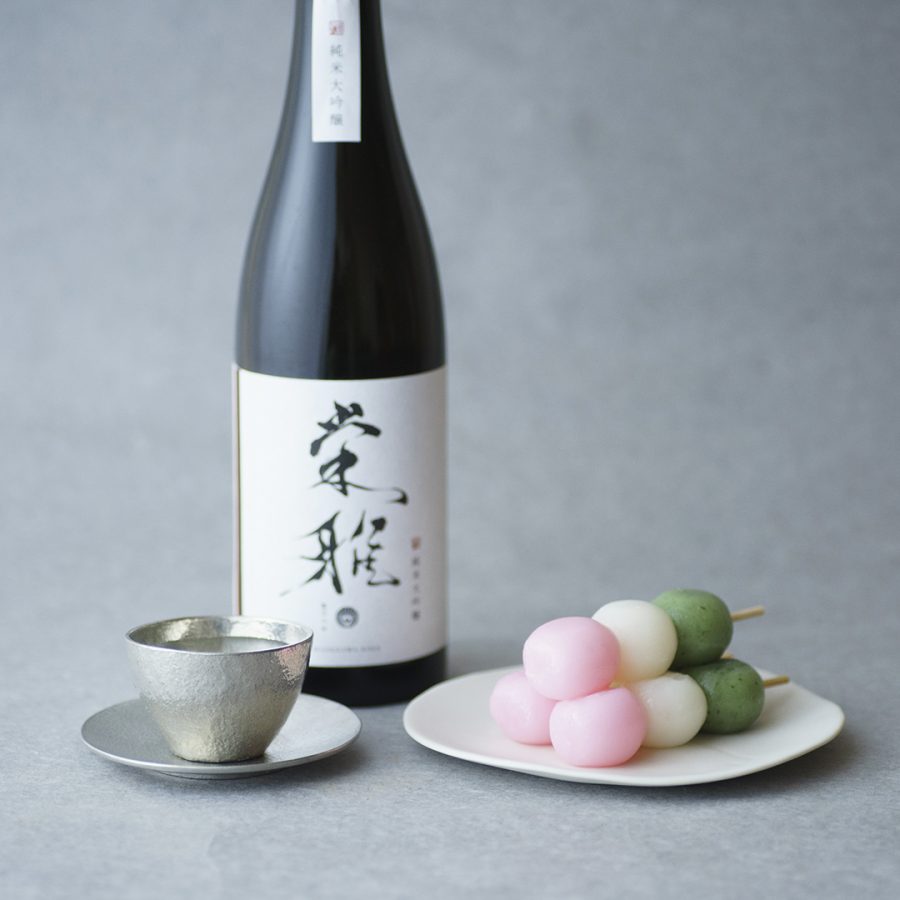2021.04.02
“Ohanami” Enlivens Japanese Minds
 One of the biggest spring entertainments is ohanami, or cherry-blossom viewing. Japanese people have been fond of cherry blossoms since ancient times, and there are scenes in Genji Monogatari, a novel written during the Heian era, describing how noble families enjoyed cherry-blossom viewing. Peasants celebrated the arrival of spring and held rituals of viewing cherry blossoms and flowers in the field called “no-asobi” and “yama-asobi” to pray for abundant harvests.
One of the biggest spring entertainments is ohanami, or cherry-blossom viewing. Japanese people have been fond of cherry blossoms since ancient times, and there are scenes in Genji Monogatari, a novel written during the Heian era, describing how noble families enjoyed cherry-blossom viewing. Peasants celebrated the arrival of spring and held rituals of viewing cherry blossoms and flowers in the field called “no-asobi” and “yama-asobi” to pray for abundant harvests.
Later in the mid-Edo era, the custom of giving feasts under cherry trees became popular among commoners. The popularity of cherries was utilized as a solution to prevent flooding, and a number of cherry trees were planted along riverbanks. The solution was expected to serve roughly two purposes: to solidify the banks with the widely expanded firm roots of cherry trees and to have the banks firmly compacted by the numerous visitors gathering for a view of cherry blossoms. This was the beginning of the history of the long rows of cherry trees planted along rivers still seen nationwide.
During and after the Meiji era, the number of cherry trees was dramatically decreased due to the Meiji Restoration and wars. However, the seeds were preserved and passed down by concerned researchers and gardeners. Cherry trees today still enliven people’s minds with symbolic sceneries of spring.